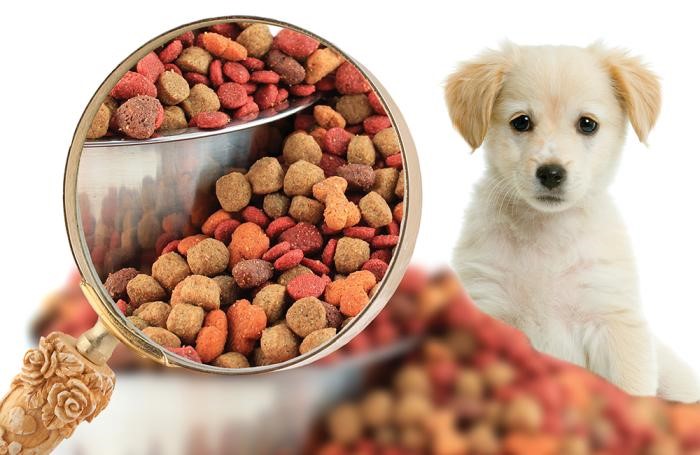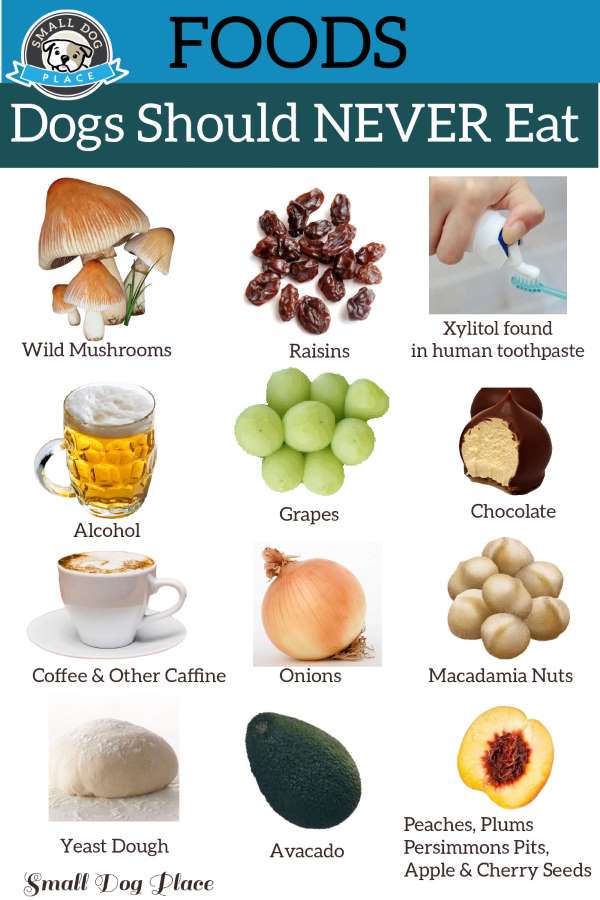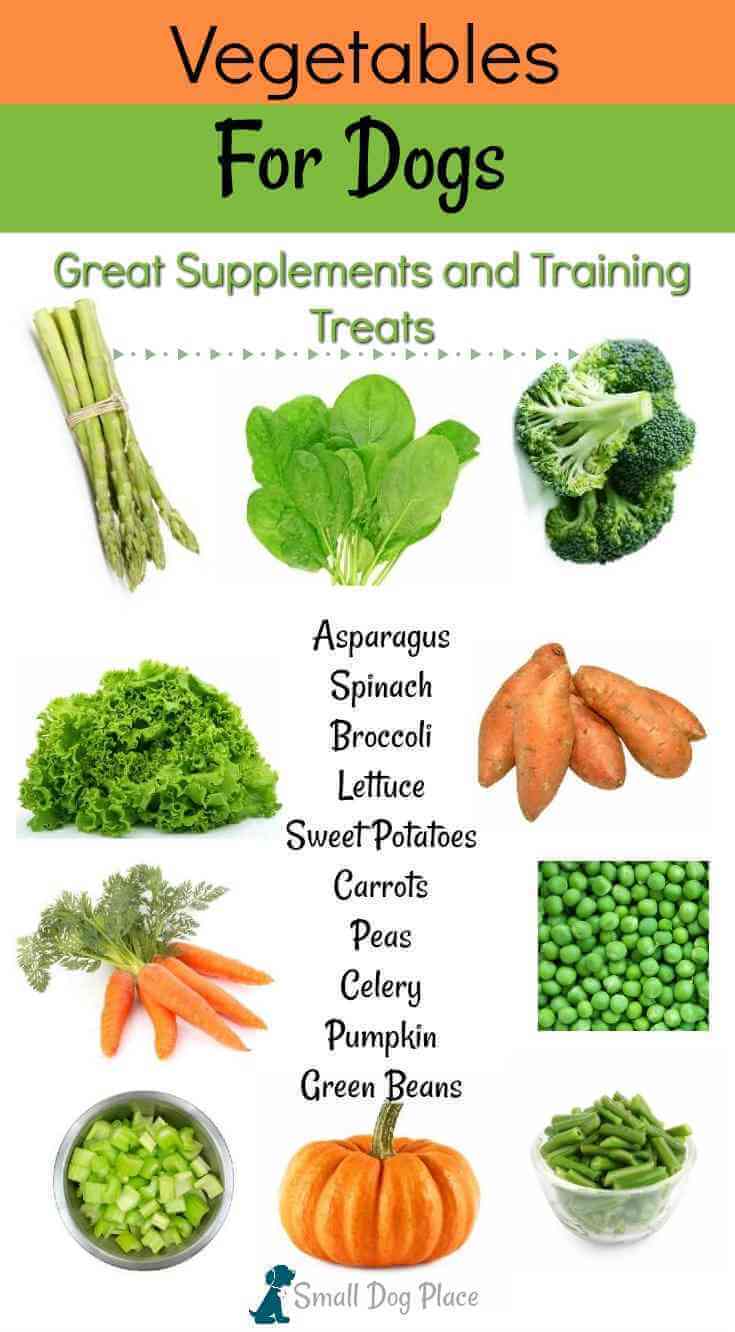- Small Dog Place Home
- Feeding
- Dog Food Guide
Dog Food Guide for Homeworking Dog Parents
Dog Food Guide By Dr. John Brooks
Planning for the most suitable intake for your beloved dog is a bit complicated, especially when there are lots of categories of pet food. Selecting the most competent diet for the pet also comes with the responsibility.
You need to offer a wholesome intake, balanced with essential ingredients. Remember that the meal you are serving your dog plays a very significant role in his overall wellness. So, you must be precise and analytical while following his food guide.

How the ultimate food guide of your pup will look depends on various factors, including his age, size, breed, activity level, and nutritional requirements. It is even more tricky if you work from home, right?
Working at home doesn't mean having a bunch of spare time to sleep and relax. If you work at home with a dog, you have to be more considerate to ensure a wholesome diet and maintain your work gracefully.
Should you give him wet or dry food or a combination of both? How much protein does he require? Is the diet you are offering can supply the essential nutrients and satisfy his taste buds at the same time?
The Essential Dog Food Guide

To help you choose the right food for your loving pup while working at home, I am offering you proper guidance and suggestions.
Understand and Ensure the Essential Nutrients are Being Offered to Your Dog
The diet you are giving your canine must meet his health needs. Based on some criteria, you may need to increase or decrease the intake of the nutrients to help him lead a healthy lifestyle.
You should contact your veterinarian to find out if the pooch has any distinct health concerns that may have an impact on his food guide. Irrespective of the breed or age, all dogs need six kinds of nutrients and a balanced combination of them to stay healthy.
Proteins
The amino acid of the protein is the building block of tissues and makes the dog's bones stronger and boost his muscle growth. Protein also helps maintain his body functions properly, makes his skin and coat healthy, and is found in meat, soya bean, corn, eggs, etc.
Meat, being the most reliable source of protein, is a must-nutrient to include in his menu. To help you manage your work, ensuring a balanced intake for your loving dog,
Carbohydrates
Carbohydrates are a great source of glucose. To help the pet remain active in the daily activities, and ensure the energy, you should add carbs to his meal.
Ensure adequate fiber intake to keep his digestive system functioning well. Red beets, soybeans, etc. are good sources of fibers.
Fats
Fat is also a great source of energy and keeps his coat healthy. Fish and vegetable oils are good sources of saturated fat.
Vitamins
To keep his cardiovascular system and liver functioning properly, you need to give him vitamins. Vitamin C and E are fabulous sources of antioxidants that boost his immune system, delays cognitive aging, and helps him combat diseases.
Minerals
Minerals like magnesium are imperative to keep his bones and teeth stronger. Sodium is another vital mineral that keeps his heart safe. You can feed him eggs, and brown rice as sources of vitamins and minerals.
Water
 Dog Food Guide: Assure Your Dog is Well Hydrated
Dog Food Guide: Assure Your Dog is Well HydratedEnsure your pup is well hydrated. If you give the canine dry food, you better serve a bowl of water after you feed him, keep it filled and cleaned.
Consider the Amount of Food Your Dog Needs
As I mentioned above, the quantity of daily serving your canine needs is a variable of his age, breed, size, and exercises. Make sure you give the exact amount of meal he requires. Serving him the appropriate amount of calories, and protein is crucial to ensure his optimal growth, based on his age-stage.
Consider his shape besides weight to determine his size. Make your fingers go over his sides and observe if you can sense his ribs and toned waist. If it is not the case, it's feeding time! Overfeeding the canine may make him obese, resulting in severe health issues and decreasing his lifespan!
Consider Your Dog's Age
Young Puppies
 Dog Food Guide: Feeding Guide Based on the Age of Your Dog
Dog Food Guide: Feeding Guide Based on the Age of Your DogFor an 8-16 week old puppy, the most suitable diet is decent quality kibbles specially manufactured for puppies to ensure their fast growth and supply the nutrients they require. You can also introduce veggies and rice with the kibbles, but never feed him raw food as they may cause digestive issues. Puppies need small segments of meals regularly.
From Four Months Until Adulthood
If your pup reaches 16-week, you can add some raw food and meaty bones eventually. Puppies need ample amounts of water, protein, omegas, and minerals to ensure proper cognitive and physical growth. With increasing age, you can feed twice daily.
Adult Dogs
For an adult dog, serve a meal once or twice a day containing minerals, calcium, omegas, vitamins, and fewer proteins. Ensure feeding commercial pet food to meet his nutritional requirements according to his age.
Besides commercial food, he may need human-grade meat, veggies, and fishes and a planned exercise schedule based on his health condition. Small-sized canines reach their adulthood at the age of 12-months, while this age is about 18-24 months for the large breed canines.
Senior Dogs
If yours is a senior canine, give him shorter meals frequently to keep him healthy. They need fewer calories and more fibers, protein, and other essential nutrients to fight off many diseases, including osteoarthritis, bowel, and urinary issues.
Choose the Best Food for Him
Being busy at home working, you may find
commercial food more convenient to ensure your pet is getting all the necessary
nutrients instead of homemade food. Ensure you buy food specified for the age
of your pup and go through the ingredients carefully before purchasing. Reading
the label helps you avoid the ingredient that may induce allergy in your pet.
Before serving, make sure you go through the feeding guidelines to be well aware of the amount of food your canine needs.
Maintaining a feeding time is also significant. For example, dogs with digestive issues may get the benefits of a feeding routine. Again, if your canine has skin issues, setting a feeding time is always a great thing.
Make sure you buy the food that labels 'complete, and balanced,' and AAFCO certified.
Food to Avoid
- Don't give your canine pet food that includes meat by-products as a source of protein.
- Avoid avocado, onions, chocolate, garlic, lemon, and orange.
- If your pet suffers from stomach issues having milk and dairy products, you better avoid them.
- Avoid feeding him fatty foods as they may make your pup overweight and cause diseases like pancreatitis.
- If your canine has heart or kidney issues, limiting his salt consumption is necessary
Human Foods Dogs Can Eat Pin for Future Reference
Dog Food Guide Author Bio
John Brooks is a veterinary surgeon who manages a lot of calls for pet services while also maintaining a quality lifestyle. He has graduated in surgery and veterinary medicine in 1997 and has helped in several small animal practices until 2005 before shifting to critical care and emergency.
Dr. Brooks loves animals from the core of his heart. Whenever he gets time, he tries to write regarding animal health so that all pet lovers like you don’t fall in any hazardous situation.
Other Articles By Dr. Brooks
Why Should Dogs Wear Snug Dog Collars?
Safe and Affordable Treatments For Dog Hip and Joint Pain
Harness Train Your French Bulldog Using These 7 Quick Tips
If You Found This Dog Food Guide for Work at Home Dog Parents Helpful
About Janice (author and voice behind this site)
Having lived with dogs and cats most of her life, Janice served as a veterinary technician for ten years in Maryland and twelve years as a Shih Tzu dog breeder in Ohio.
Her education includes undergraduate degrees in Psychology with a minor in biology, Early Childhood Education, and Nursing, and a master's in Mental Health Counseling.
She is a lifelong learner, a dog lover, and passionate about the welfare of animals. Her favorite breed for over 50 years has been the Shih Tzu, but she has also lived with Poodles, Maltese, Yorkshire Terriers, Beagles, English Bulldogs, Carin Terriers, and a Cocker Spaniel.
When not writing, reading, and researching dog-related topics, she likes to spend time with her eight Shih Tzu dogs, husband, and family, as well as knitting and crocheting. She is also the voice behind Miracle Shih Tzu and Smart-Knit-Crocheting
Does This Article Deserve Your Thumbs Up?
We always appreciate your support and encouragement. Your thumbs up means so much to us. Please like this article.
If you find this page or any page on Small Dog Place Helpful, or useful in anyway, I'd love it if you would click the small heart found on the bottom right of each page.
You can also share or bookmark this page -- just click on the:

Free Monthly Newsletter
Sign Up for Our Free Newsletter and get our Free Gift to You.
my E-book, The Top 10 Mistakes People Make When Choosing a Dog (and how to avoid them)



